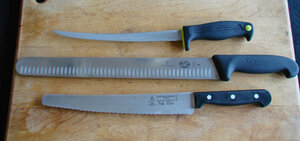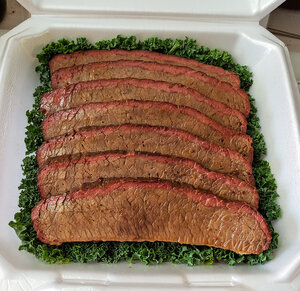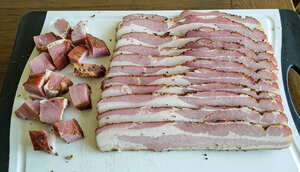Greetings all. I have tried a few "full" briskets and can't seem to get them to slice like I want. I see people slice their meat and get nice full pieces but when I get to slicing it kind of falls apart. So I really have chunks and pieces more then anything. It is tender and IMO very good, just not the presentation I want. I have recently converted from a traditional smoker, grill with fire box attached to a traegger and got the same result with both. Here is how I cooked them:
I do not trim any fat and place on grill fat side up. I leave on smoke function (traegger) until internal hits 160. I then double wrap in foil and keep fat side up and increase temp to 225. Pull off at 203/204 then keep wrapped in foil and towel inside of cooler too rest anywhere from an hour to two.
Any advice would be greatly appreciated.
I do not trim any fat and place on grill fat side up. I leave on smoke function (traegger) until internal hits 160. I then double wrap in foil and keep fat side up and increase temp to 225. Pull off at 203/204 then keep wrapped in foil and towel inside of cooler too rest anywhere from an hour to two.
Any advice would be greatly appreciated.









